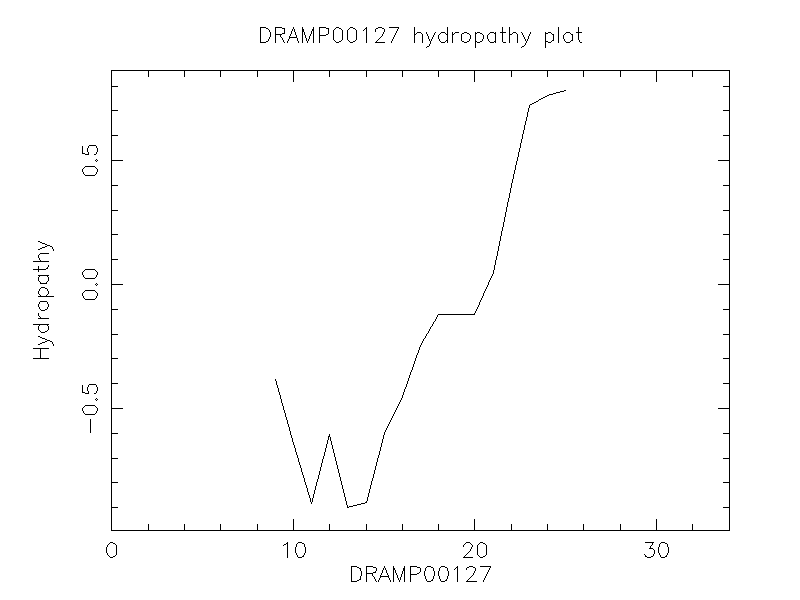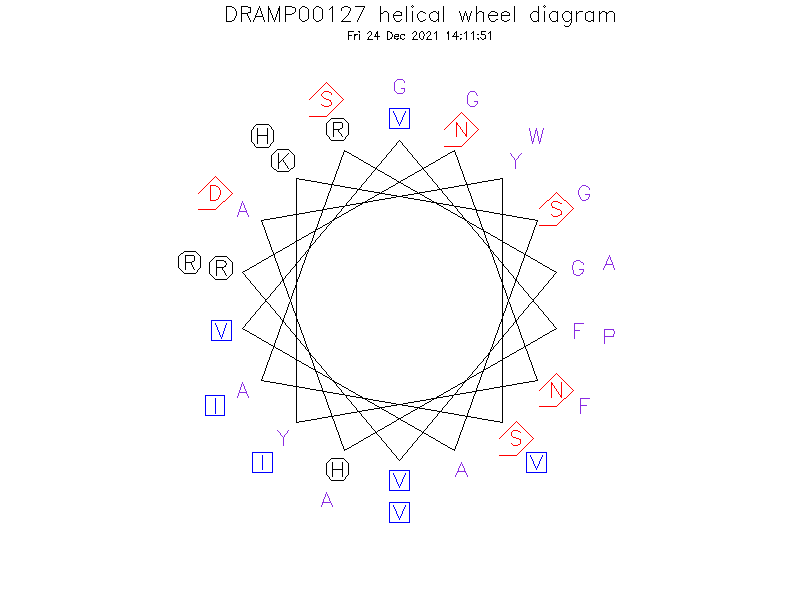General Information
Activity Information
-
Biological Activity
- Antimicrobial, Antibacterial, Anti-Gram+
-
Target Organism
-
- Gram-positive bacteria: Pediococcus pentosaceus Pac 1.0 (MIC=5 nM), Lactobacillus plantarum 965 (MIC=7 nM), Lactobacillus casei subsp.casei NCDO 161 (MIC=20 nM), Lactobacillus casei NCDO 2713 (MIC=150 nM), Lactobacillus sakei NCDO 2714 (MIC=4 nM), Lactobacillus viridescens NCDO 1655 (MIC=2 nM), Pediococcus pentosaceus NCDO 990 (MIC=30 nM), Lactobacillus sakei 706 (MIC=100 nM), Pediococcus acidilactici CH (MIC=10 nM), Lactobacillus curvatus 89 (MIC=5 nM). [PlnE:PlnF=1:1]
-
Hemolytic Activity
-
- No hemolysis information or data found in the reference(s) presented in this entry
-
Cytotoxicity
- No cytotoxicity information found in the reference(s) presented
-
Binding Target
- Not found
Structure Information
-
Linear/Cyclic
- Linear
-
N-terminal Modification
- Free
-
C-terminal Modification
- Free
-
Nonterminal Modifications and Unusual Amino Acids
- There is a possible hydrogen bond/salt bridge between Asn12/Asn13 and Asp22
-
Stereochemistry
- L
-
Structure
- Alpha helix (1 helices; 26 residues)
-
Structure Description
- In DPC micelles, PlnF has a long central alpha-helix (residues 7-32) with a kink of 38+/-7 degrees at Pro20. There is some flexibility in the helix in the kink region. The helix in plnF is polar in its N-terminal half and amphiphilic in its C-terminal half. plnF has one such motif at residues 30 to 34. The helix in plnF is polar in its N-terminal half and amphiphilic in its C-terminal half. PlnF has one GxxxG motif at residues 30 to 34.
-
Helical Wheel Diagram
-
PDB ID
- 2RLW resolved by NMR.
-
Predicted Structure
- There is no predicted structure for DRAMP00127.
Physicochemical Information
-
Formula
- C169H253N51O44
Absent Amino Acids
- CELMQT
Common Amino Acids
- AV
Mass
- 3703.18
PI
- 10.27
Basic Residues
- 6
Acidic Residues
- 1
Hydrophobic Residues
- 15
Net Charge
- +5
-
Boman Index
- -40.97
Hydrophobicity
- 0.035
Aliphatic Index
- 80.29
Half Life
-
- Mammalian:100 hour
- Yeast:>20 hour
- E.coli:>10 hour
Extinction Coefficient Cystines
- 8480
Absorbance 280nm
- 256.97
Polar Residues
- 11
DRAMP00127

Comments Information
Function
- A strain-specific antagonistic activity was detected at nanomolar concentrations when PlnE and PlnF were combined. Complementary peptides were at least 103 times more active when they were combined than when they were present individually, and optimal activity was obtained when the complementary peptides were present in approximately equal amounts.
Literature Information
- ·Literature 1
-
Title
- The gene encoding plantaricin A, a bacteriocin from Lactobacillus plantarum C11, is located on the same transcription unit as an agr-like regulatory system.
-
Pubmed ID
- 9603847
-
Reference
- Appl Environ Microbiol. 1994 Jan;60(1):160-166.
-
Author
- Diep DB, Håvarstein LS, Nissen-Meyer J, Nes IF.
- ·Literature 2
-
Title
- Antagonistic activity of Lactobacillus plantarum C11: two new two-peptide bacteriocins, plantaricins EF and JK, and the induction factor plantaricin A.
-
Pubmed ID
- 19538999
-
Reference
- Appl Environ Microbiol. 1998 Jun;64(6):2269-2272.
-
Author
- Anderssen EL, Diep DB, Nes IF, Eijsink VG, Nissen-Meyer J.
- ·Literature 3
-
Title
- Three-dimensional structure of the two peptides that constitute the two-peptide bacteriocin plantaricin EF.
-
Pubmed ID
- 18555030
-
Reference
-
Author
- Fimland N, Rogne P, Fimland G, Nissen-Meyer J, Kristiansen P.E.

